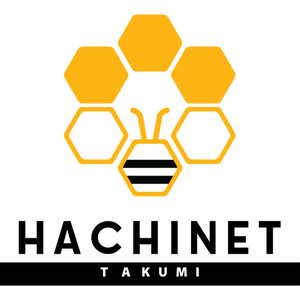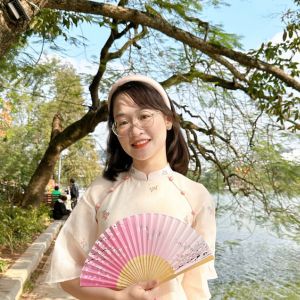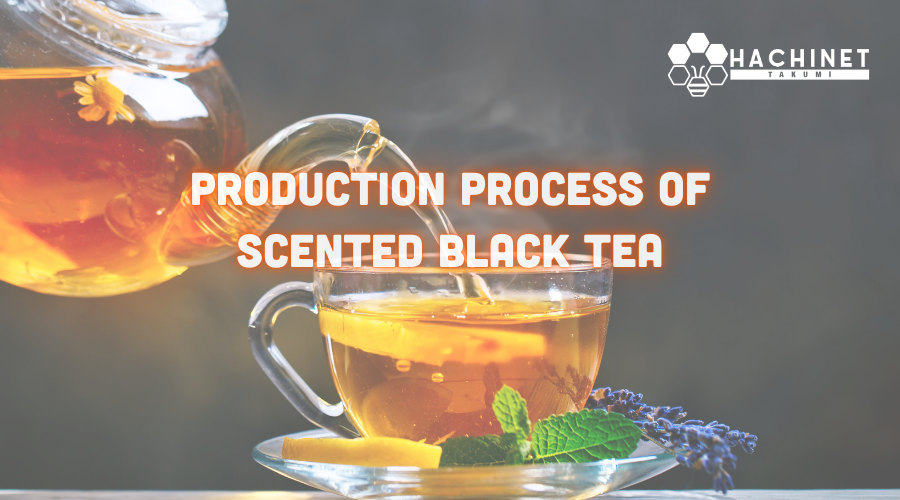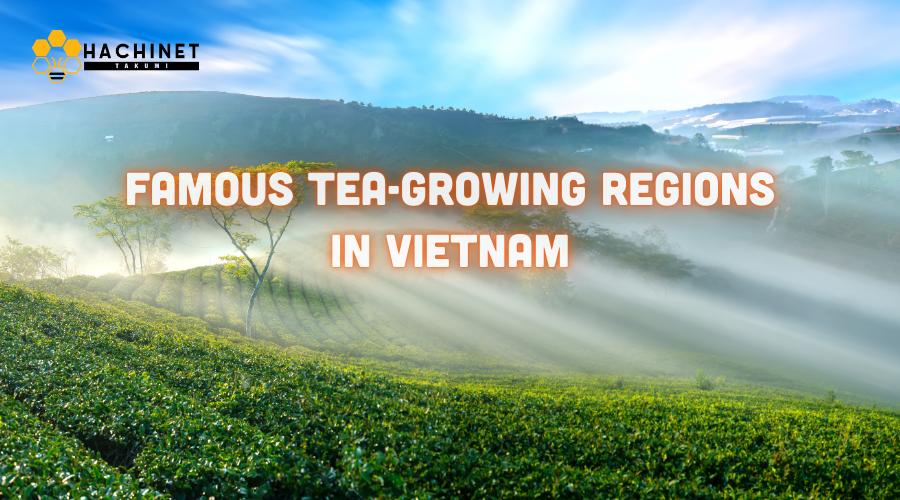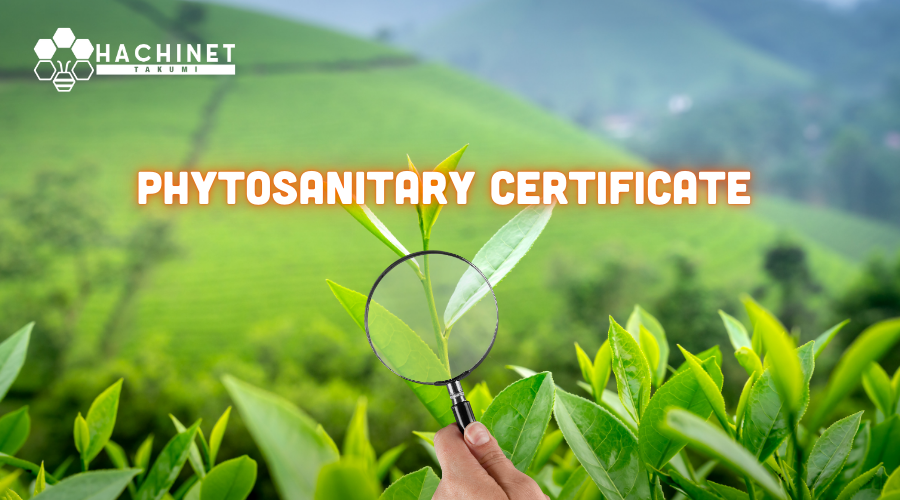Decoding the World of Black Tea Grades
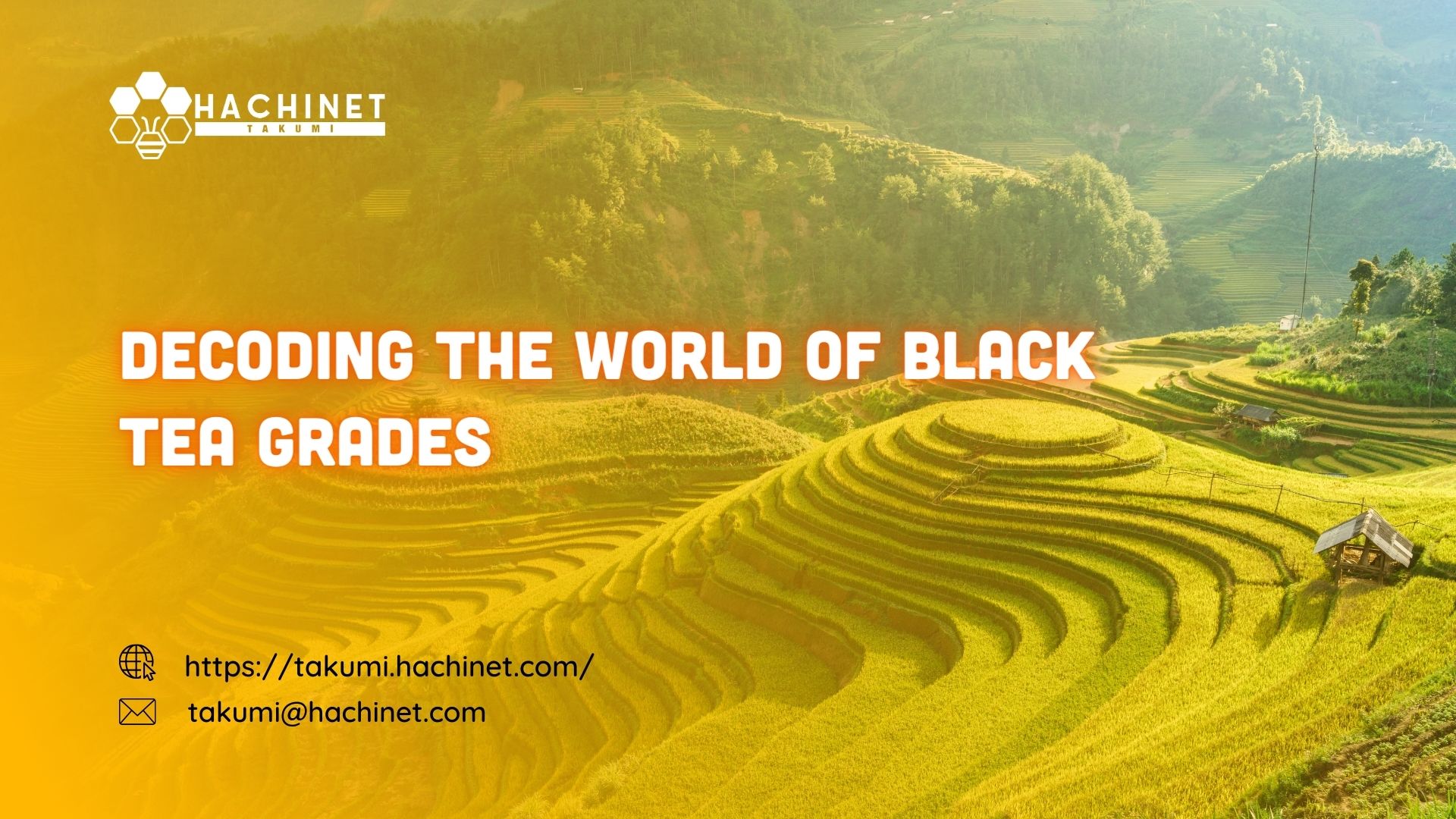
Black tea, cherished for its robust flavor and versatility, comes in various grades that can be perplexing for even the most seasoned tea enthusiasts. In this comprehensive guide, we will delve into the intricate world of black tea grades, shedding light on the distinctive characteristics of OP, OPA, BOP, PS, and other classifications. Understanding these grades not only enhances your appreciation of black tea but also helps you select the perfect brew for your palate.
Orthodox Process and Grading:
Before we explore specific black tea grades, it's crucial to understand the orthodox process, which involves the traditional method of tea production. Orthodox teas are crafted with utmost care, preserving the integrity of the tea leaves. This contrasts with the CTC (Crush, Tear, Curl) method, which produces smaller, more granular leaves commonly used in tea bags.
Orthodox black teas are graded based on leaf size and appearance. The term "OP" stands for Orange Pekoe, a classification that doesn't refer to the tea's flavor but to the size and quality of the leaves.
OP (Orange Pekoe):
Orange Pekoe, despite the name, has nothing to do with oranges. Instead, it denotes a specific leaf size and refers to whole, unbroken leaves. Within the OP category, there are further distinctions based on the leaf's appearance and quality, such as OP1, denoting a higher grade with slightly more delicate leaves.
OP teas often boast a nuanced flavor profile and are considered premium offerings in the world of black tea.
OPA (Orange Pekoe A):
OPA, or Orange Pekoe A, signifies a longer leaf than the standard OP. These longer leaves contribute to a smoother, milder flavor in the brewed tea. OPA teas are often preferred by those seeking a more refined and delicate cup, and they are known for their aromatic qualities.
BOP (Broken Orange Pekoe):
In contrast to the whole leaves of OP and OPA, BOP, or Broken Orange Pekoe, consists of smaller, broken leaves. The smaller leaf particles infuse more quickly, resulting in a brisk and robust cup of tea. BOP teas are commonly used in tea bags and are favored for their bold flavor.
FBOP (Flowery Broken Orange Pekoe):
Within the BOP category, you may encounter FBOP, denoting Flowery Broken Orange Pekoe. This grade indicates that the tea includes a higher proportion of tips or young buds, adding a floral and more nuanced character to the brew.
PS (Pekoe Souchong):
Pekoe Souchong, often referred to as PS, represents a category with larger leaves and a distinct smoky flavor. Originating from the Wuyi Mountains in China, PS teas undergo a unique drying process that imparts a smoky aroma, making them stand out among other black teas.
Dust and Fannings:
Apart from the leaf grades mentioned above, black tea is also classified into "Dust" and "Fannings." These consist of tiny particles broken down during processing, making them ideal for tea bags.
While they lack the aesthetic appeal of whole leaf teas, Dust and Fannings offer a quick and robust infusion, making them popular choices for convenience.
Navigating the vast landscape of black tea grades can be both fascinating and rewarding. Each classification tells a story of craftsmanship, leaf size, and flavor nuances. Whether you prefer the elegance of Orange Pekoe, the refinement of OPA, the boldness of BOP, the smokiness of PS, or the convenience of Dust and Fannings, understanding these classifications empowers you to make informed choices and explore the diverse world of black tea with confidence. Let your taste buds embark on a journey through the nuances of black tea, savoring the distinctive characteristics that each grade brings to your teacup.
